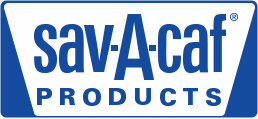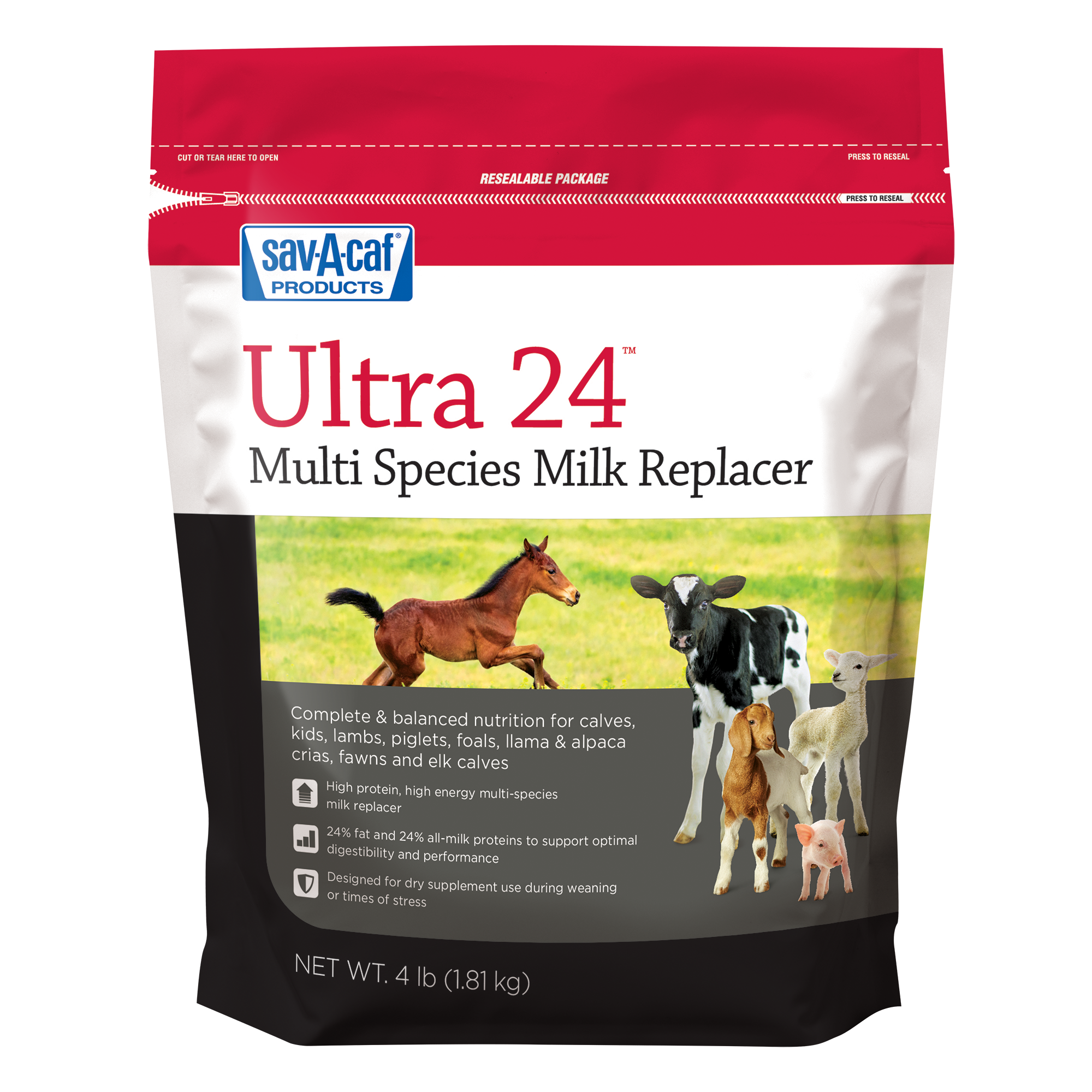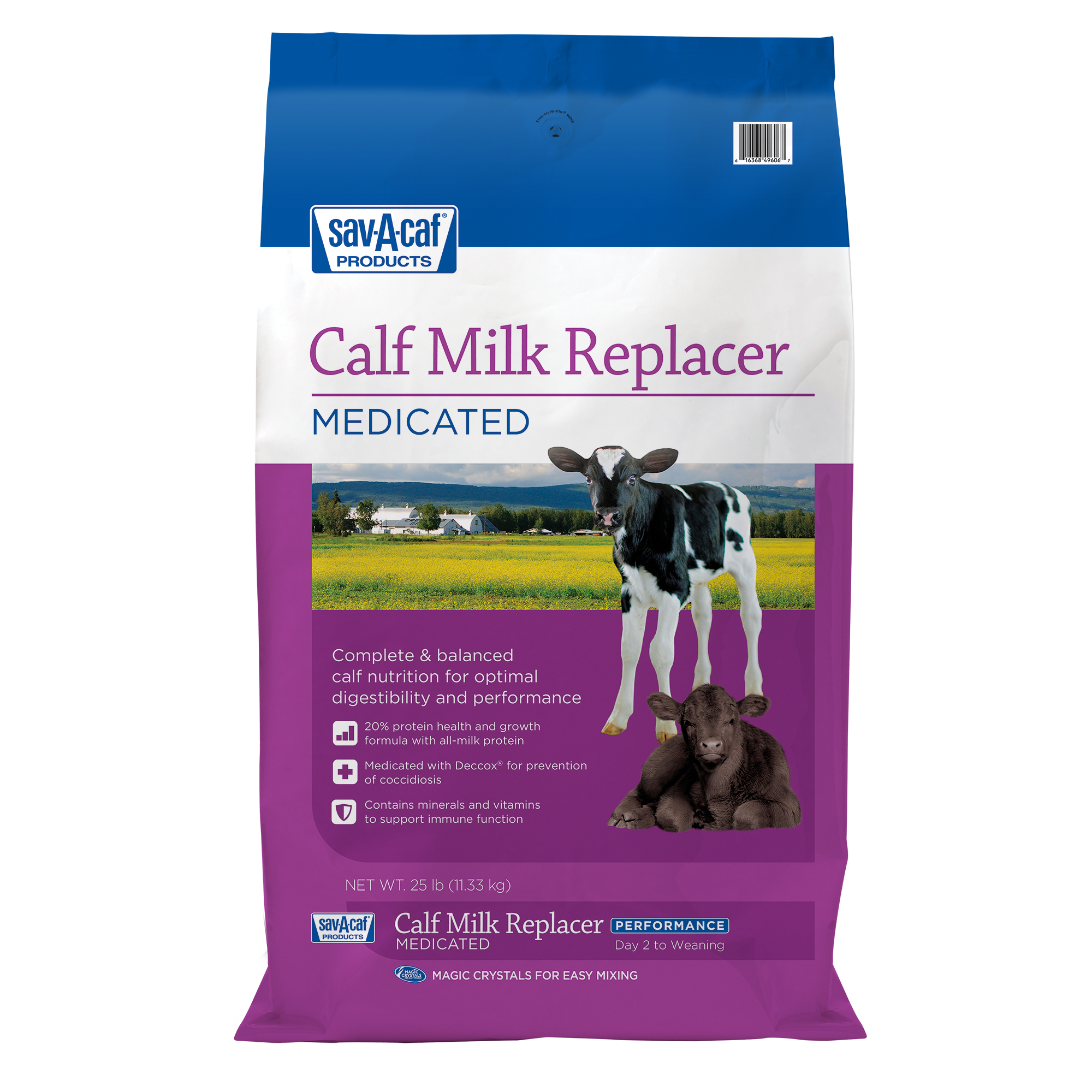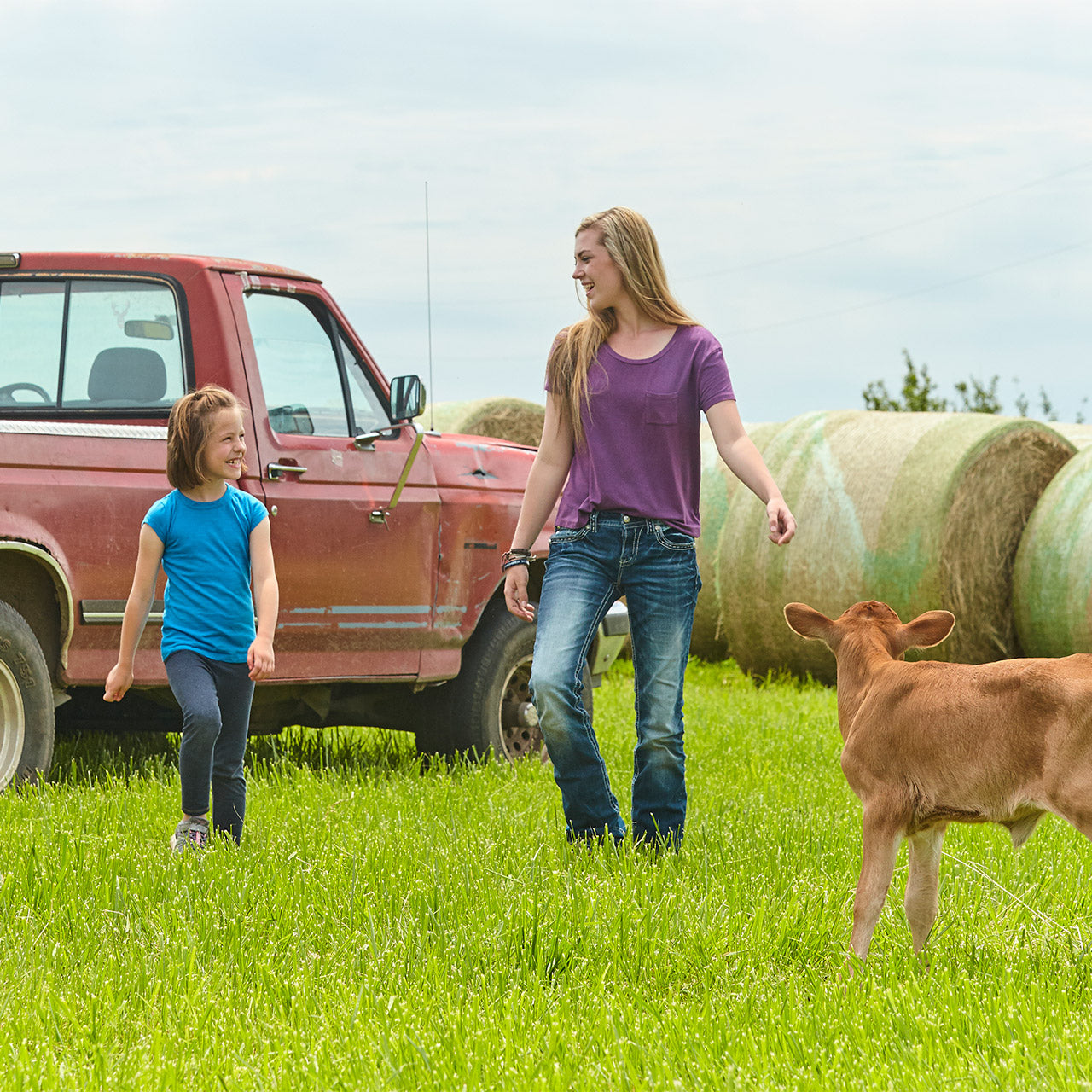
How to get started with backyard farming
Have you always wanted to raise animals or add a new species to your farm? Why not go for it? Now is the time to achieve your backyard farming goals.
With some research and preparation, you can begin raising animals in your backyard. Whether you’re planning on starting with a small flock of chickens or raising larger livestock, such as goats, sheep or cattle, it’s important to consider space requirements and nutritional needs of each animal.
No matter which species you select, it’s a good idea to make sure your local laws allow you to raise livestock on your property. Letting your neighbors know about your new adventure is also a nice gesture.
Here are some quick facts to consider as you begin your backyard farming journey.
Chickens
Chickens are a common entry animal to backyard farming or homesteading because they require a small amount of space and can be easier to care for.
If you plan to purchase chicks, be sure you can offer them a controlled environment from the start, preferably in a dedicated enclosed space called a brooder. The brooder should have adequate temperature control, ventilation and light.
Here are some general space guidelines:
- Newly hatched chicks will need half a square foot of space each.
- At six weeks, provide 1-2 square feet of free space per bird.
- Adult birds will require at least 4 square feet of indoor space and 5-10 square feet of outdoor space each.
- Account for additional space in case you add more birds to your flock later.
Stress can take its toll on new chicks and adult birds alike. Offer a complete feed that matches your birds’ age. Supplement their diet with probiotics and electrolytes to provide them with needed energy and immunity support.
Goats
Goats are another common animal for backyard farmers and homesteaders because they have fun personalities and are an efficient source of meat or milk.
Goats are very curious animals. Make sure to have a strong fence around your outdoor area to keep goats in and predators away. If you decide to breed or milk your goats, you should dedicate an enclosed area for milking or kidding.
House goats of all ages in a shed or barn with access to an outdoor area. Ideally, each goat should have at least 20-25 square feet of indoor space and 0.2-0.3 acres of pasture with an exercise area of 50 square feet.
If kidding is in your future, be sure to have a quality colostrum replacer on hand to support your kids’ immune system within the first 12-18 hours of life. If you raise kids without the doe or if the doe does not produce enough milk to feed her kids, feed a quality kid milk replacer, ideally containing 25-26% protein and 20-25% fat.
Sheep
Just like goats, you can raise sheep in a shed or barn with access to an outdoor area. A simple, south-facing, three-sided shed is often enough to protect them from the elements. They should each have 15 to 20 square feet.
Sheep are grazers. If you plan to raise a flock, adequate pasture is essential. A general rule is four sheep per acre. Pastures can include a mixture of grasses, legumes, brush and trees.
If you are welcoming new lambs into the world, help ensure a strong start with a quality colostrum replacer to support immunity within the first 6-12 hours of life. If feeding a milk replacer, look for a replacer with around 23% protein and 30% fat.
Cattle
Raising calves requires the most space and is recommended for people who have experience raising small livestock.
Although cattle are social animals, it is best to house newborn calves in individual housing until they are weaned. Calf hutches made of sturdy plastic or fiberglass are a popular choice for housing calves outdoors. A calf housed in a barn or shed will need 30-40 square feet of space.
As calves are weaned and continue to grow, their space requirements will increase. Depending on how long you plan to raise them, they could need as much as 40-80 square feet each.
Most backyard farmers and homesteaders purchase calves born on another farm. If this is the case for you, be sure to have a high-quality milk replacer on hand to support optimal calf growth and health. A milk replacer containing 20% protein and 20% fat should provide ample nutrition if fed according to the label on the bag or tag.
Get more management tips or like My Farm Journey on Facebook and Instagram for more animal raising insights!
Find Solutions for Your Animals
-
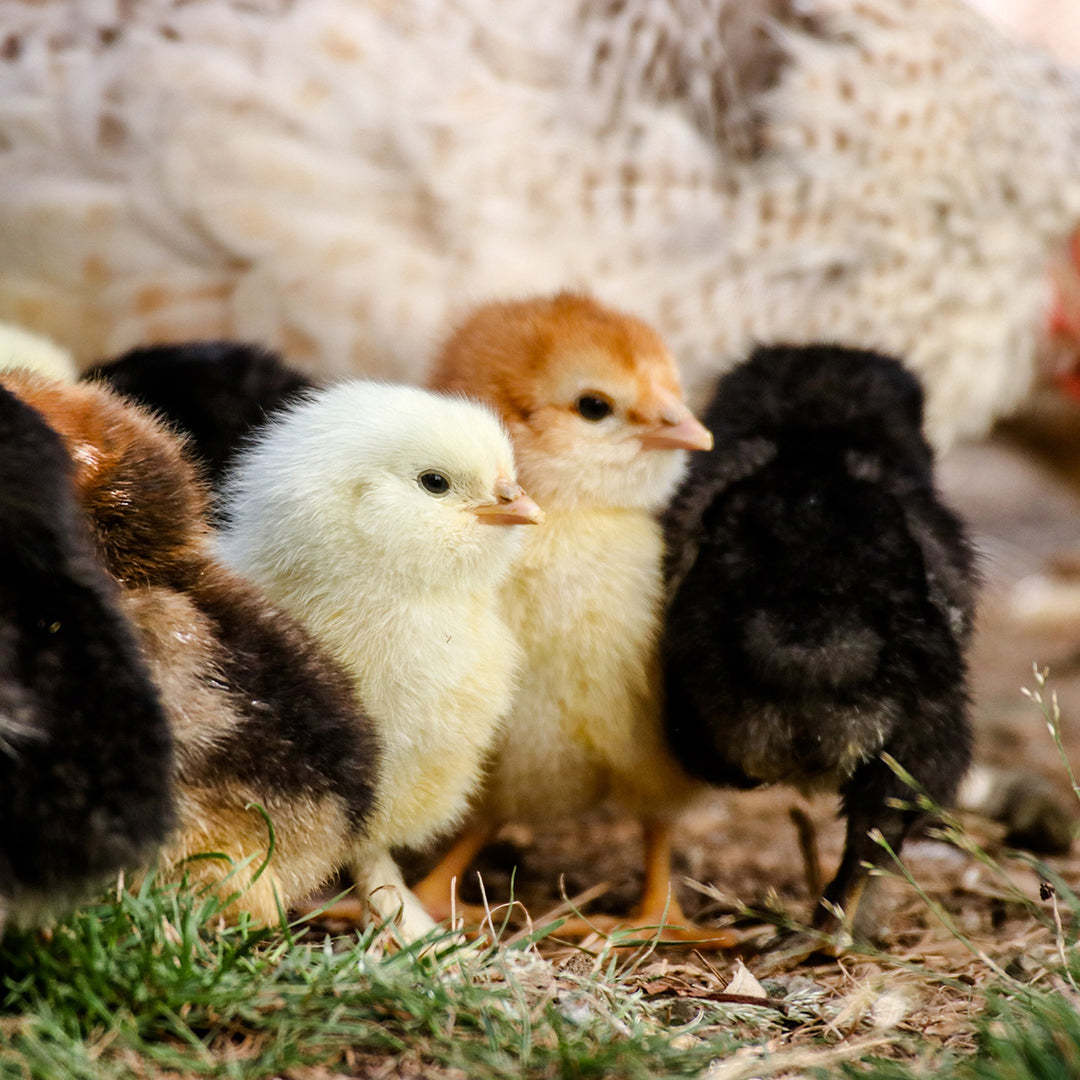
January 11, 2022
Whether housed in a coop or free ranging on your farm, your birds are exposed to multiple threats every day that could cause illness or impact their well-being. Now there’s a way to be more proactive with regular support for...
-
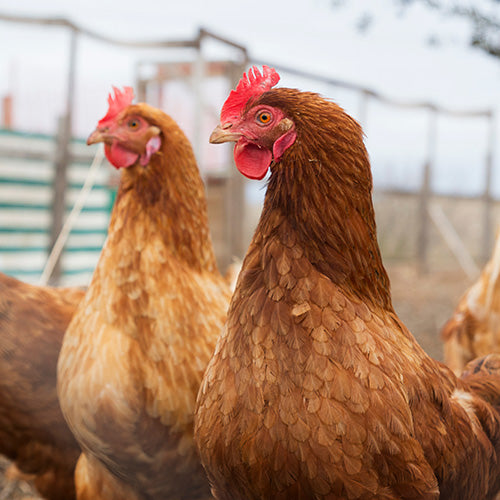
April 6, 2022
You’ve raised your chicks to adulthood and now they’re fully feathered hens. Way to go! Now, you get to enjoy their eggs and companionship for years to come. To maximize their life, support their production potential and kee...
